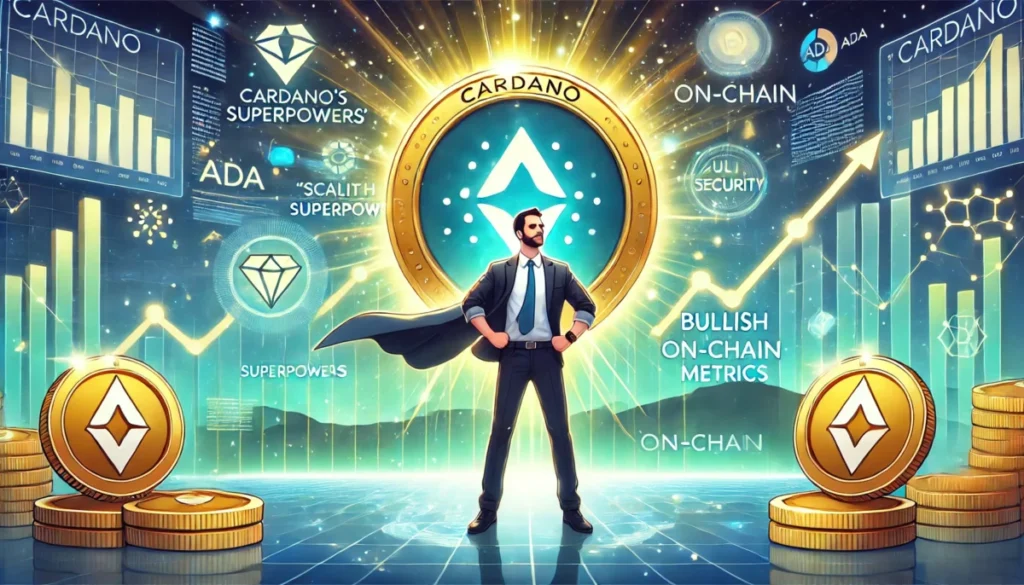Ethereum co-founder and Cardano founder Charles Hoskinson apologized and asked for blockchain community unity in 2024. He spoke at a time when the blockchain community is growing rapidly but deeply divided. Hoskinson’s apology and request for cooperation are seen as an attempt to bridge the growing gap between blockchain initiatives contending for dominance in the quickly evolving industry. Hoskinson’s relocation is notable because of his major role in the industry and because it underscores the ongoing struggle for cohesiveness in a decentralized and innovative business.
The Context of the Apology
Hoskinson apologized because the blockchain and cryptocurrency communities are sometimes tense. Over time, blockchain projects have had varied ideologies, ambitions, and decentralized strategies. Some projects have clashed, causing technical disputes, personal insults, and heated debates. Hoskinson, one of the most powerful figures in the space, has championed and criticized blockchain initiatives, exacerbating the tensions he now seeks to repair.
Ethereum and Cardano put Hoskinson at the heart of the blockchain debate. While Vitalik Buterin’s Ethereum gained popularity as a decentralized smart contract platform, Hoskinson’s Cardano prioritized scalability, sustainability, and peer-reviewed academic research. These two initiatives’ different approaches caused rivalry and criticism, which heightened community friction. Hoskinson apologized for his involvement in furthering this separation and for his earlier comments that alienated other blockchain communities.
Blockchain’s Fragmented Ecosystem
One of the most notable aspects of the cryptocurrency and blockchain industry is the fragmentation between competing projects. While Bitcoin has firmly established itself as the largest and most widely recognized cryptocurrency, other blockchain projects like Ethereum, Solana, Binance Smart Chain, and Cardano each have their own distinct technical approaches and community philosophies. These differences have often led to tribalism within the space, with supporters of different blockchains frequently engaging in online debates and arguments.
Hoskinson’s apology is a recognition that these divisions, while perhaps inevitable in a space that fosters innovation, have hindered the industry’s broader development. Instead of collaborating and learning from one another, many blockchain projects have become entrenched in their own ecosystems, undermining efforts to build a cohesive and unified blockchain community. Hoskinson, in his remarks, pointed out that this lack of unity has slowed down the progress that the blockchain space could achieve if different projects worked together.
Hoskinson’s Vision for Blockchain Unity
Charles Hoskinson wants unity in 2024 because blockchain technology could transform finance, healthcare, and supply chain management. However, he claims this revolution cannot happen alone. Instead of fighting over which blockchain is best, Hoskinson believes the blockchain community should focus on scalability, security, and user acceptance. Hoskinson stressed collaboration over competitiveness in his remarks. He advised blockchain developers and community leaders to realize platform strengths and collaborate on industry-beneficial solutions.
 Hoskinson advised blockchain initiatives to exchange resources, research, and best practices rather than criticize each other. He also supported blockchain platform interoperability to enable seamless communication and operation. Decentralized governance is crucial to Hoskinson’s blockchain unification idea. Cardano emphasizes autonomous decision-making and community involvement in platform development. Hoskinson believes this decentralized governance approach may be implemented across the blockchain ecosystem to create a communal decision-making environment.
Hoskinson advised blockchain initiatives to exchange resources, research, and best practices rather than criticize each other. He also supported blockchain platform interoperability to enable seamless communication and operation. Decentralized governance is crucial to Hoskinson’s blockchain unification idea. Cardano emphasizes autonomous decision-making and community involvement in platform development. Hoskinson believes this decentralized governance approach may be implemented across the blockchain ecosystem to create a communal decision-making environment.
Importance of Communication and Transparency
As part of his apology and promotion of unity, Hoskinson also called for better communication and transparency within the blockchain space. He pointed out that much of the friction within the community arises from misunderstandings, lack of clear communication, and misinformation. To resolve this, he proposed that blockchain projects prioritize open and honest discussions, particularly when it comes to technical innovations, roadmaps, and challenges.
Hoskinson also highlighted the importance of educating the public and the developer community about the potential benefits of blockchain technology. He acknowledged that while blockchain has been successful in certain niches, it still faces significant challenges when it comes to mainstream adoption. By fostering a more inclusive and transparent environment, Hoskinson believes that blockchain projects can better communicate their value propositions to a broader audience, which in turn will drive greater investment, adoption, and development within the space.
Turning Point for the Blockchain Community
Hoskinson’s apology and call for unity in 2024 could mark a turning point for the blockchain community. While it remains to be seen whether his message will resonate with other blockchain leaders and developers, his remarks are a powerful reminder that the industry must focus on cooperation rather than division. The blockchain space is at a crossroads, with many challenges ahead, including regulatory hurdles, scalability issues, and competition from traditional financial systems.
If blockchain projects can come together and share knowledge, resources, and solutions, they may be better equipped to address these challenges. Moreover, Hoskinson’s leadership in promoting unity could help set the tone for the future of blockchain development. With key figures like Hoskinson advocating for collaboration, the blockchain space may be able to overcome its fragmentation and move toward a more harmonious and productive future.
For More : Why Tether Ends EURT Stablecoin
Conclusion
In conclusion, Charles Hoskinson’s apology and call for blockchain unity in 2024 reflect his desire to move beyond the divisions that have characterized the cryptocurrency space in recent years. His emphasis on collaboration, decentralized governance, and better communication provides a vision for a more unified and effective blockchain ecosystem. While challenges remain, Hoskinson’s message serves as an important reminder that the future of blockchain technology depends on collective efforts rather than competition. Whether this vision can be fully realized will depend on the willingness of the broader blockchain community to put aside differences and work together for the greater good of the technology and the world it aims to transform.
[sp_easyaccordion id=”2598″]








